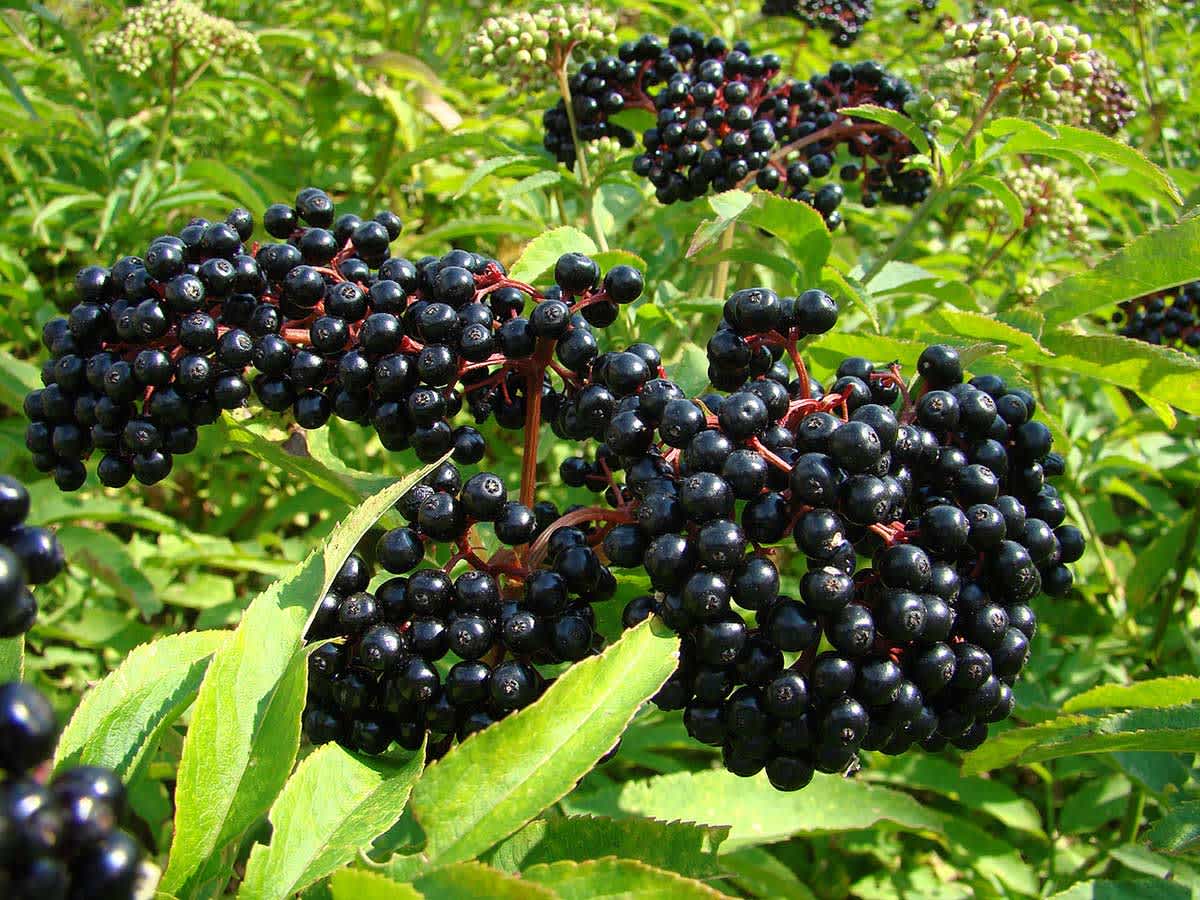Seasonal Transition Berry Picking
Randall Bonner 10.02.17

Philosopher Bernard Williams once said that “The day the Lord created hope was probably the same day he created spring.” He also said that, “September tries its best to have us forget summer.”
As the change of seasons takes place and outdoor enthusiasts lament the passing of sunny days and warmer weather, there’s a bounty of hunting, fishing and foraging opportunities. If you enjoy eating wild foods, this is the time to summon the squirrel as your spirit animal, take part in the harvest, and begin hoarding away your stash for winter. While most foraging fanatics see the oncoming of fall as an opportunity to scan the forest floor for signs of color, plucking mushrooms from the duff and debris, don’t forget to look up if things are slow.
While the western native Vaccinium parvifolium or red huckleberry is in its final stages of fruiting by the end of July, you should still be able to find a few well into the end of September. Because of its low tolerance for root disturbance, this wild treat is not commercially cultivated. Although the berries are quite small, they pack a punch of unique sour candy flavor.
The more commonly known Gaylussacia or black huckleberry is native to the eastern United States, while Vaccinium Membranaceum and Vaccinium deliciosum blue cascade huckleberry inhabit western coastal habitat and mountain ranges. These wild edibles are a prized fruit for food preservers to make jellies and jam. This transitional period of seasons is prime time for picking.
Sambucus or elderberry is also in its prime during this transitional period. Elderberry has been used in a syrup as a natural remedy to treat a number of minor illnesses. Although the ripe, cooked skin and pulp from the berries is edible, other parts of the plant itself are toxic, containing cyanogenic glycosides that make you ill if ingested. If you’re going to use elderberry for wildcrafting projects, extra care should be taken to remove all stems and debris, as well as thoroughly cooking the berries themselves as a preventative measure.
All of these berries can also be dried for storage and future wildcrafting projects. Use this transitional period of seasons to get out and soak up some rays (or rain) and squirrel away these wild fruits on days when the hunting, fishing and mushroom picking are slow. The abundance of harvest opportunities this time of year offers mass appeal to outdoor enthusiasts of all kinds to make the most of their days — rain or shine.

